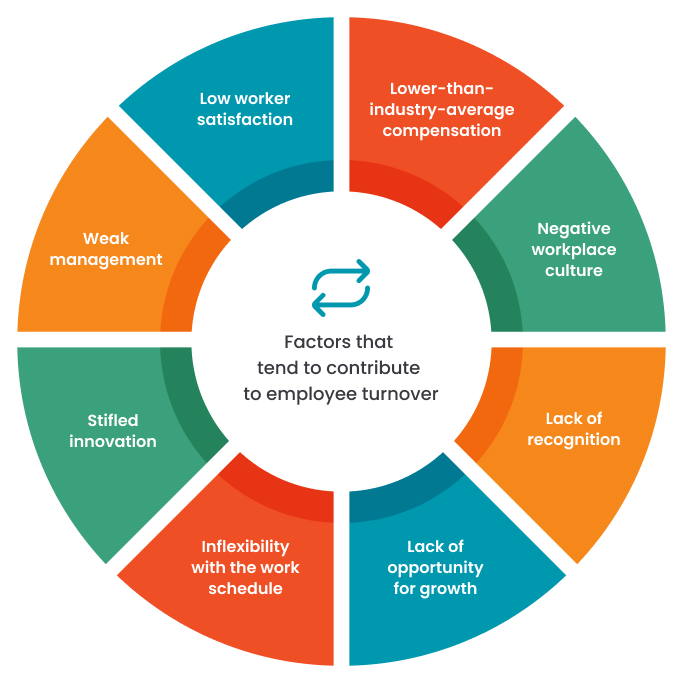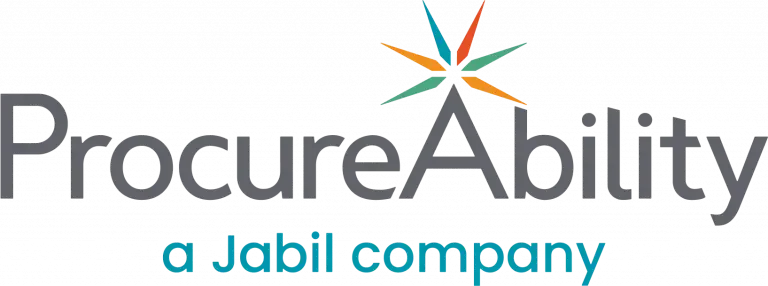In the competitive world of procurement, retaining top talent is vital for organizational success. Your procurement organization plays a crucial role in driving cost efficiency, fostering supplier collaboration, and promoting innovation. High turnover of procurement talent can undermine those benefits and lead to increased costs from recruitment, training, and lost productivity. Losing top talent can also disrupt supplier relationships and impede long-term procurement strategies.
By implementing strategies that prioritize career development, recognition, work-life balance, and professional growth, organizations can cultivate an environment where procurement professionals thrive. The outcome is a cohesive, skilled, and dedicated procurement team that significantly contributes to your organization’s strategic objectives and could provide you with substantial savings in solvable turnover.
In this Future of Procurement Talent Insights series, we expand on the concepts shared in ProcureAbility’s Five Bold Procurement Predictions for 2030.
Chief causes and impacts of turnover
On average, US businesses lose nearly one in every four employees over a year. Each one of those voluntary departures comes with a cost. While the numbers fluctuate widely based on seniority, replacing a worker generally costs a business a third of their annual salary, according to Employee Benefits News.
To effectively address these outflows, it is crucial to first uncover the underlying reasons behind the turnover within your procurement team. Failing to pinpoint these causes makes it significantly more challenging to develop strategies that will drive positive change in the desired direction.

Neglecting these crucial areas can result in increased recruitment costs, decreased revenue, diminished employee morale, and the loss of institutional knowledge, especially if your organization experiences high turnover rates among your more seasoned staff.
10 steps to reduce and prevent procurement talent turnover
Regularly assessing employee turnover rates, engagement levels, and soliciting feedback from your current procurement team can provide invaluable insights into their overall satisfaction and areas for improvement. Conducting surveys, one-on-one interviews, and organizing focus groups with team members enables you to analyze trends and identify patterns that unveil common reasons for departure, allowing you to address the underlying issues effectively. Training your people managers to take an active interest in their direct reports and serve as both a mentor and advocate can help to retain top performers.
While this as good a place to start as any, we have found that procurement organizations can take additional steps at every point along an employee’s career continuum to make sure they’re the right fit, are adequately motivated and developed, and are made to feel like they’re positive contributors not just to their organization’s overall success but to society at large as well.
Here are 10 best practices procurement leaders should keep in mind when it comes to boosting their workforce retention:

1. Hire the right people
Reduce or avoid employee turnover by making sure you are hiring the right people for your team. Take the time to thoroughly vet candidates and ensure they align with your company’s values, goals, and culture. This will not only help you retain employees, but also create a cohesive and productive team.
2. Establish clear career paths
Provide transparent career paths by outlining potential roles, responsibilities, and qualifications required for advancement within your procurement team.
3. Provide opportunities for career advancement
Offer continuous training and development opportunities to improve your procurement teams’ skill sets. Encourage your team to attend workshops, seminars, and obtain certifications to stay updated on industry trends, such as ISM, Certified Professional in Supply Management (CPSM), and Chartered Institute of Procurement & Supply (CIPS).
4. Offer competitive compensation and benefits
Compensate employees well, since competitive wages and benefits can boost employee loyalty and encourage them to stay longer in your organization.
5. Provide consistent and relevant feedback
Conduct performance evaluations that are meaningful and provide coaching, obtainable goals, and career aspirations discussions. These evaluations will promote a culture of open communication and individual growth.
6. Prioritize work-life balance
Offer flexible work hours, remote work options, and family-friendly policies that promote work-life balance and reduce burnout.
7. Creative a supportive work environment
Establish a mentorship program by pairing experienced professionals with newer team members to facilitate knowledge transfer and personal growth.
8. Develop a strong work culture
Cultivate a supportive and inclusive culture that aligns with your company’s and procurement department’s values and promotes a sense of belonging.
9. Demonstrate your company impact
Highlight to your organization the positive impact procurement has on the organization’s overall goals, sustainability, and social responsibility.
10. Conduct exit interviews
Hold exit interviews to better understand why employees are leaving your company. These conversations with departing employees can provide valuable insights into any issues or concerns within the organization that may be contributing to turnover. Use this information to make necessary improvements and prevent future turnovers.
Become an employer of choice
A career in procurement offers unique benefits, diverse opportunities, and robust avenues for professional development. These factors collectively make it an attractive field for individuals seeking growth and impact in their careers.
But employees have choices, and you need to do what you can to ensure your organization shines above the rest when it comes to providing both opportunity and fulfillment. By maintaining an ongoing feedback loop, organizations can fine-tune their retention approaches, implement timely interventions, and foster a culture of continuous improvement that keeps everyone rowing toward the same horizon.
In our final blog of this Insights series, we will provide insights into what the future of procurement staffing looks like by 2030.
Author





